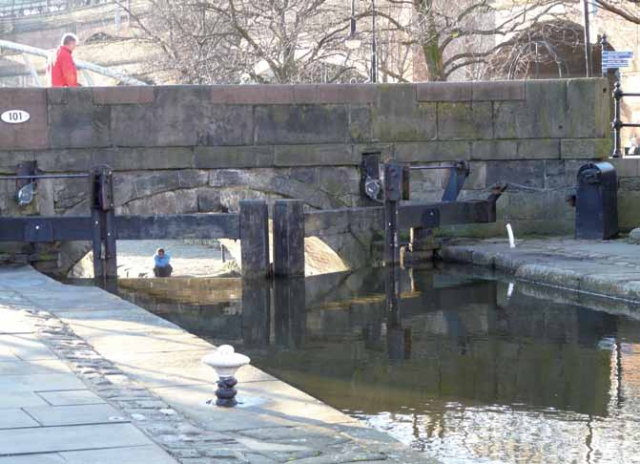History in the Urban Environment
Primary History article

History in the Urban Environment
Please note: this article pre-dates the 2014 National Curriculum and some content may be outdated.
A study of the local environment can make a vital contribution to children's sense of identity, their sense of place and the community in which they live. More importantly, a local study can enable children to develop a sense of value and respect for the quality of their local environment, based on their growing understanding of its past.
Young children respond positively to work on the locality, often with heightened interest and motivation because of their own familiarity with the topic and the fact that they can make practical use of their own knowledge of the area. Local environmental study naturally creates numerous opportunities for making meaningful links between curriculum subjects, and particularly between history, geography and social studies (Lewis 2003; Bowles 2006).
The role of the humanities is of central importance in studying environmental change and in illustrating and explaining how this change affects people and communities. This article considers the urban environment as a resource for high quality learning.
This resource is FREE for Primary HA Members.
Non HA Members can get instant access for £2.75

